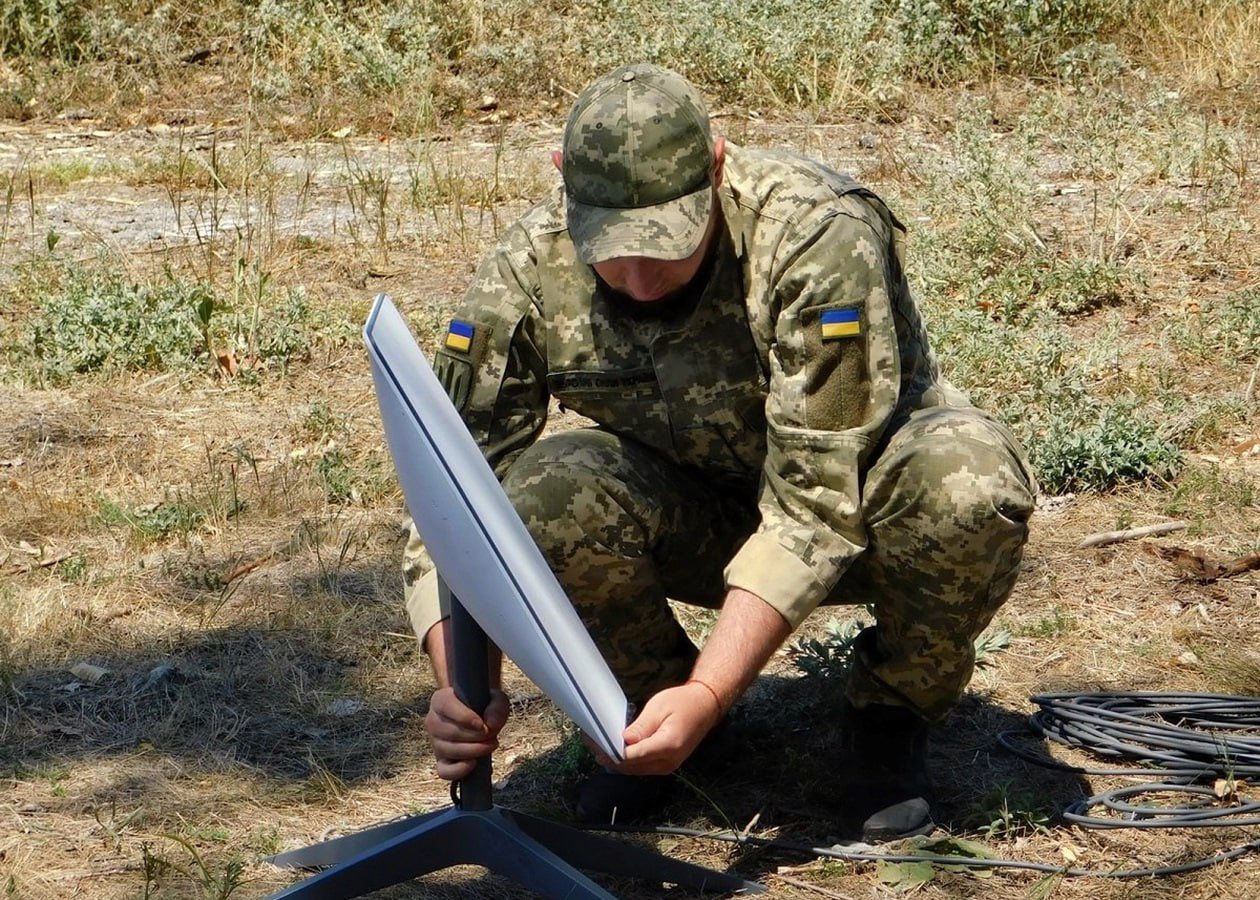Chinese military scientists are relentlessly working on a new project — how to neutralize the Starlink advantage of its adversaries in the case of a war.
And, Beijing is debating everything from stealth submarines fitted with space-shooting lasers, supply-chain sabotage, custom-built attack satellites to kill Starlink satellites, to diplomacy and co-opting Elon Musk, the influential owner of Starlink and recent friend-turned-foe of US President Donald Trump.
In fact, Chinese scientists and researchers have published not one or two but dozens of papers in peer-reviewed journals debating the most efficient way of killing the thousands of Starlink satellites in the Low-Earth-Orbit (LEO).
Worried that these satellites could be used against China, for reconnaissance purposes during peacetime, and for targeting Chinese assets during a war situation, Chinese researchers have been discussing ways to counter this threat.
Notably, China is working on two parallel tracks simultaneously. On the one hand, Beijing is actively developing capabilities that can destroy and neutralize Starlink satellites within minutes; at the same time, Beijing is also developing its own LEO satellite system, the Qianfan mega-constellation project, also known as G60.
Launched in 2023, the G60 project aims to establish over 15,000 low-Earth orbit (LEO) wide-screen multimedia satellites as a challenger to SpaceX’s Starlink. The first batch of satellites for the Qianfan project was sent into orbit in August 2024. It currently has 90 satellites in orbit.
However, the sheer complexity of the task at hand, constructing and launching thousands of satellites, and SpaceX’s first-mover advantage, means that China will have a capability gap with the US for years to come. Thus, there is a need to simultaneously work on projects that could destroy Starlink satellite constellations in the case of an all-out war situation.
The Military Applications Of Starlink
The military applications of Starlink have been clear to everyone since the start of the war in Ukraine.
Starlink provided secure battlefield communications, enabling drone operations and pinpoint intelligence on Russian positions, providing a decisive edge to the Ukrainian military.
Its primary applications include secure communications, real-time command and control, reconnaissance support, and connectivity for drones and unmanned systems.
Starlink already has over 8,000 satellites in LEO, and eventually plans to launch tens of thousands more. In fact, as per reports, SpaceX hopes to expand its mega constellation to as many as 42,000 satellites.
According to Jonathan McDowell, an astronomer at the Harvard-Smithsonian Center for Astrophysics, since its first launch in 2019, Starlink has come to account for about two-thirds of all active satellites.
Chinese researchers fear that these military applications of Starlink satellites could give the US an advantage over Beijing in the case of an open conflict.

“As the United States integrates Starlink technology into military space assets to gain a strategic advantage over its adversaries, other countries increasingly perceive Starlink as a security threat in nuclear, space, and cyber domains,” wrote professors from China’s National University of Defense Technology in a 2023 paper.
In May 2024, a team of Chinese researchers warned that China would face “severe tests” while responding to the Starlink network, which may be used to support US military aid to Taiwan in case of a contingency in the Taiwan Strait.
China Countermeasures
China is debating a host of measures to counter the Starlink advantage. The Associated Press (AP) has reviewed as many as 64 research papers in Chinese journals about Starlink and countermeasures to be adopted against it in the case of war.

“Starlink’s omnipresence and potential military applications have unnerved Beijing and spurred the nation’s scientists to action. In paper after paper, researchers painstakingly assessed the capabilities and vulnerabilities of a network that they clearly perceive as menacing and strove to understand what China might learn — and emulate — from Musk’s company,” the AP report said.
Among the vulnerabilities identified is the potential to sabotage Starlink’s supply chains.
In a research paper published by the government-backed China Industrial Control Systems Cyber Emergency Response Team, researchers mapped out vulnerabilities in Starlink’s supply chain.
“The company has more than 140 first-tier suppliers and a large number of second-tier and third-tier suppliers downstream,” the 2023 paper said.
“The supervision for cybersecurity is limited,” it added.
The paper suggested the potential to infiltrate these second and third-tier suppliers to sabotage Starlink systems.
In another 2023 paper, the researchers from the People’s Liberation Army (PLA) suggested creating a network of satellites to track Starlink satellites, collecting signals, and potentially using corrosive materials to damage their batteries or ion thrusters to interfere with their solar panels.
Earlier in January this year, the Chinese scientists conducted a simulation operation targeting the Starlink satellite network.
A peer-reviewed paper on the simulation, curated by the team led by Wu Yunhua, director of the aerospace control department at Nanjing University of Aeronautics and Astronautics, was published in the Chinese academic journal Systems Engineering and Electronics.
The computer simulation found that about 1,400 Starlink satellites could be successfully approached by just 99 Chinese satellites in about 12 hours. These satellites may be outfitted with lasers, microwaves, and other tools to carry out tracking, reconnaissance, and other offensive operations.
China has also been experimenting with high-power microwave weapons to down or disable Starlink satellites.
In March 2023, for instance, a group of researchers developed a compact power source that could drastically reduce the size of a high-power microwave weapon capable of downing Starlink satellites.
Later, in July 2024, researchers from China’s People’s Liberation Army (PLA) asserted that if China’s security were at risk, PLA submarines armed with laser weapons would destroy SpaceX’s Starlink satellites.
The research stated that a submarine fitted with a solid-state, megawatt-class laser weapon can fire at satellites while remaining underwater and retracting its “optoelectronic mast” before diving back to the ocean floor. A step-wise guide was published to eliminate Starlink satellites, as reported by EurAsian Times at the time.
Earlier, a study led by Ren Yuanzhen, a researcher with the Beijing Institute of Tracking and Telecommunications under the PLA’s Strategic Support Force, said China should be able to disable or destroy SpaceX’s Starlink satellites if they threaten national security.
“A combination of soft and hard kill methods should be adopted to make some Starlink satellites lose their functions and destroy the constellation’s operating system,” said the paper, published in the domestic peer-reviewed journal Modern Defence Technology.
Other Chinese academics have encouraged Beijing to use global regulations and diplomacy to contain Musk and his Starlink. Incidentally, Musk has significant investments in China, which can be used as pressure tactics against Musk.
In a war situation, China could utilize one or a combination of all these tactics to destroy or disable Starlink satellites and create a level playing field with the US.




